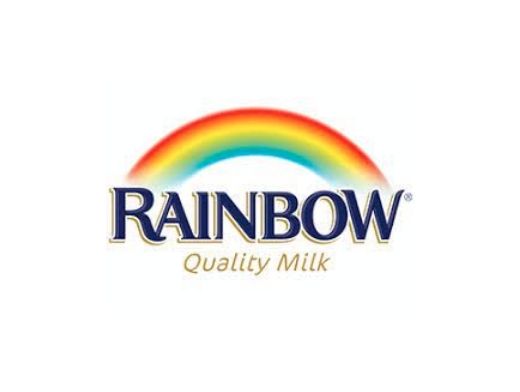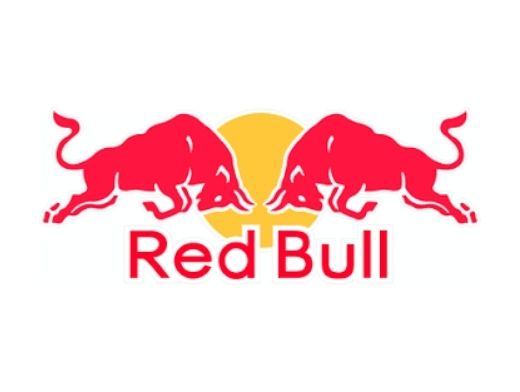The 180 rule is a filmmaking technique for keeping track of where your characters are in a scene. You must establish a 180-degree angle, or a straight line, between two people or groups facing each other in the same shot. You should stay on one side of this line while recording your actors to maintain visual consistency. Cinematographers follow the 180-degree rule, which dictates that the camera should stay on one side of an imaginary line separating people to ensure that there is visual consistency.
What Is the 180-Degree Rule, and How Does It Apply?
The 180-degree rule is a cinematography guideline used in filmmaking to establish spatial relationships between characters on-screen. The rule specifies that regardless of where the camera is positioned, the camera should stay on one side of an imaginary line between two characters so that each character appears to be facing the same direction. When you keep your camera on one side of this imaginary line, you assist the viewer maintains a feeling of visual consistency by preserving the left/right relationship of your characters. This implies that the audience will always know where everyone in the scene is no matter what style of shot you select.
The 180-Degree Rule: How to Follow It
When shooting a movie, there are a few things you can do to make sure you stick to the 180-degree guideline.
1. Make a Storyboard for Your Shots. You may avoid breaking the 180-degree limit by planning your shots ahead of time. Make some basic storyboards before you start filming to figure out where the camera and people will be in each frame. The most typical shot selections for basic two-person dialogue scenes are a two-shot with both people in the frame (which sets your imaginary line), followed by single medium close-up shots of each character from the same side of your imaginary line.
2. Draw an imaginary line to demarcate your scene. Once you're on location, figure out where your actors will be and draw an imaginary 180-degree line between them; then decide which side of the line to film on.
3. Keep Your Eyeline in Mind. You want both characters to appear to be facing each other when cutting between single shots in a dialogue session. The left-hand figure should face camera-right, whereas the right-hand character should face camera-left. This guarantees that the eyeline is the same on both sides. If both characters appear to be staring in the same screen direction in their single shots, the 180-degree rule has been breached, and your eyelines will not match.
4. To Account for Mobile Characters, Create a New Line. Cut to a wider shot that reorients the spectator to the changed positioning and draw a new imaginary line if any of your characters cross it. You can also cut away to a shot with no actors (and no established orientation) and then cut back to the characters to build a new line.
5. Recognize that crossing the line mid-shot is permitted. Cutting to a view across the imaginary line violates the 180-degree rule, however, moving the camera during an uninterrupted shot permits you to cross the line without the audience becoming confused. This technique might be used to indicate that the scene has changed emotionally.
When Should the 180-Degree Rule Be Disregarded?
A "reverse cut" is when you break the rule of 180 degrees. Because a reverse cut's startling nature may cause viewers to become disoriented, utilize reverse cuts selectively and convey a precise message. When Edward Norton's character is stunned by a DEA narcotics bust at his home in Spike Lee's 25th Hour, he breaks the 180-degree rule. Norton is perplexed by the chaos, and the audience will be as well.











































